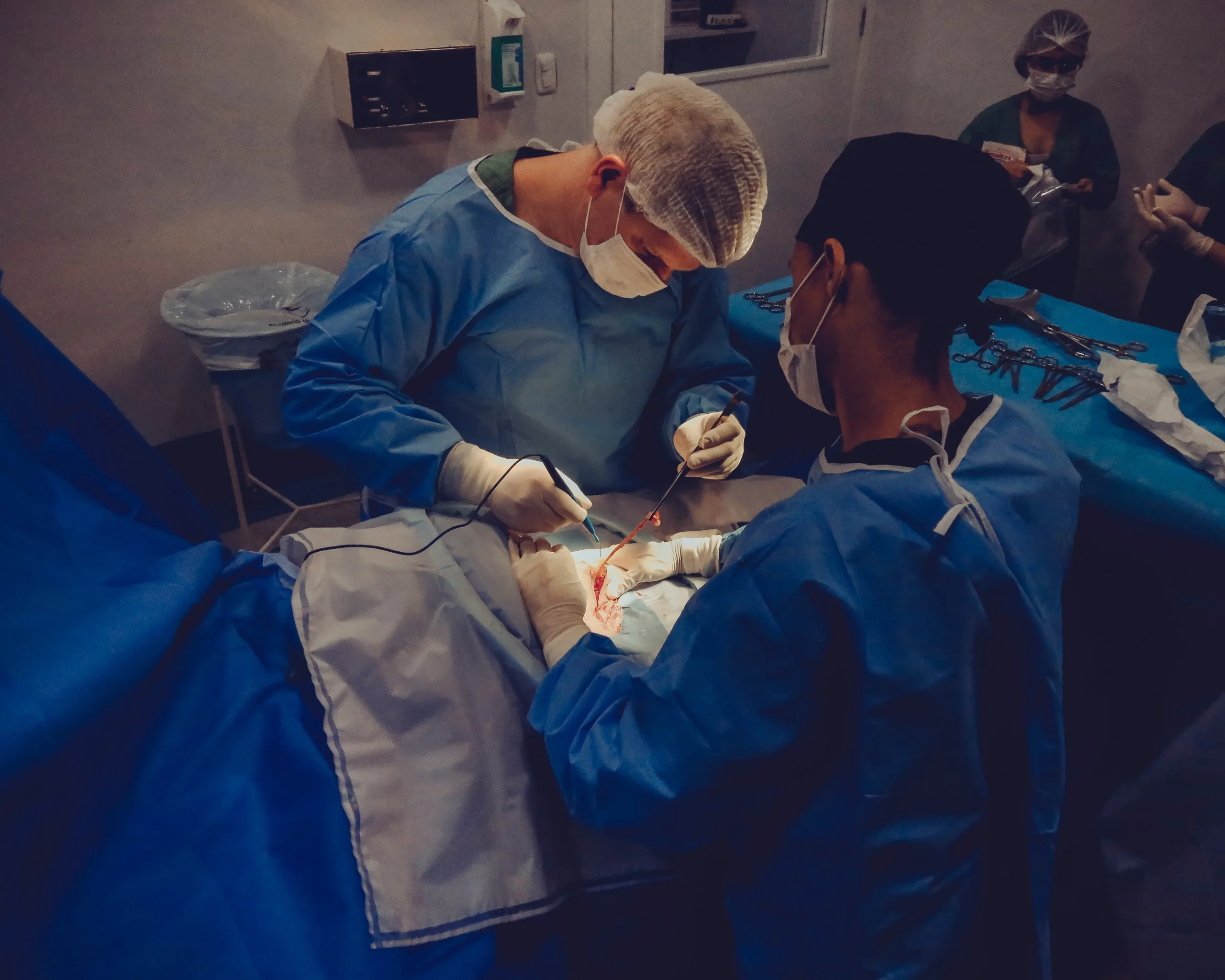The carotid arteries are two large blood vessels in a person’s neck. If these arteries become blocked, a person may require surgery, also known as a carotid endarterectomy, to remove the blockage. A person has one carotid artery on each side of their neck. People can place a finger on their carotid artery to check their heart rate. The carotid arteries take oxygen-rich blood from the heart to a person’s head and brain. They are the main blood vessels that supply blood to the face and brain.
If a person has carotid artery disease, their carotid arteries can become blocked. This may cause a person to have a stroke. A doctor can perform surgery to help unblock a person’s carotid arteries.
What is carotid artery surgery?
Carotid artery surgery is a type of surgery doctors use to unblock or widen a person’s carotid arteries. It can treat people who have atherosclerosis. Atherosclerosis occurs when a sticky substance known as plaque builds up inside the artery walls. Plaque consists of: fat, cholesterol, red blood cells, calcium and other substances found in the blood.
As plaque builds up inside the artery, it can cause it to become narrow or create a blockage. This may reduce blood flow or block it completely.
Additionally, atherosclerosis can increase a person’s chances of developing a blood clot. If a blood clot develops in the carotid artery and then breaks away, it can travel into a person’s brain.
When atherosclerosis occurs inside the carotid arteries, it is known as carotid artery disease. Carotid artery disease can cause reduced blood flow to a person’s brain.
Carotid endarterectomy (CEA)
This is a common surgical procedure for opening and cleaning the carotid arteries. A surgeon will make an incision in the artery, clear the plaque, repair the artery, then close the incision in the neck.
Transcarotid artery revascularization (TCAR)
TCAR is a newer surgery for treating carotid artery disease. For this procedure, the surgeon will temporarily reverse blood flow so that any plaque that may break off diverts away from the brain. This surgery may be suitable for an individual who is at risk of complications during a traditional CEA.
Purpose
The carotid arteries carry oxygen-rich blood to the brain. Blockages in the carotid arteries can cause a person to lose blood flow to their brain. If there is a lack of oxygenated blood in the brain, its cells can start to die. This is known as an ischemic stroke. A stroke is a medical emergency. The National Institute on Aging (NIA) notes that strokes are the fifth leading cause of death in the United States.
Carotid artery surgery can clear a person’s carotid arteries of blockages. This allows blood to continue flowing to the brain, helping to prevent a stroke. A doctor may recommend carotid artery surgery for people who have not had a stroke or transient ischemic attack (TIA) but have artery narrowing of 70% or more or have had a stroke and have artery narrowing of more than 50%.
Preparation
A surgeon can perform a CEA in a hospital. Before a person has carotid artery
surgery, a doctor may give them medication to prevent their blood clotting. A doctor may use a duplex ultrasound to examine how blood flows through a person’s carotid arteries. This imaging test is all that is necessary in most cases.
A surgeon may place a person under either general or local anesthetic for surgery. If a person has local anesthetic, their surgeon will also sedate them.
Top of Form
Bottom of Form
Bottom of Form
Procedure
A surgeon will perform a CEA in the following stages:
– A surgeon makes an incision into the front of a person’s neck.
– They will then clamp the carotid artery to stop blood flow. Blood can still reach the brain via the carotid artery on the other side of the neck. A surgeon may also use a stent to allow blood to bypass the surgery site.
– The surgeon cuts along the artery to find both ends of the blockage.
– The surgeon removes the blockage using fine forceps.
– The surgeon repairs the artery using a piece of vein from another part of the body, a synthetic patch, or cow tissue and removes the stent.
– The surgeon then closes up the incision.
For TCAR, the procedure typically goes as follows:
– A surgeon creates a small incision at the neckline just above the clavicle.
– They then place a tube directly into the carotid artery and connect it to a system that will direct blood flow away from the brain.
– The blood will flow through the system and will capture any material through a filter.
– The blood will pass through the filter and return to the body through a second tube in the leg.
-The surgeon will then place a stent in the carotid artery to stabilize plaque in the arteries. The surgeon then turns the system off, returning blood flow to the normal direction.
Recovery
Typically, after either CEA or TCAR, people will remain in hospital for 1–2 nights.
According to the United Kingdom’s National Health Service (NHS), a person may experience discomfort around the surgery site after their procedure. It recommends over-the-counter pain relievers to reduce any pain. A person may also have numbness around the area, which should clear up in time.
A doctor may instruct a person on how to keep their wound clean following surgery. Generally, this will involve using mild soap and water. A person should be able to eat and drink a few hours after having surgery. They may be able to drive 2–3 weeks after their surgery. Additionally, they may be able to go back to work 3–4 weeks after the endarterectomy. A person’s doctor can advise them about how soon they will be able to do this.
A person may have to reduce their exercise levels for several weeks following surgery. Their doctor can help them determine when it is safe for them to return to their normal exercise levels.
A 2022 article notes that the rate of stroke after CEA is less than 1% in most cases.
— By Anna Smith Haghighi























